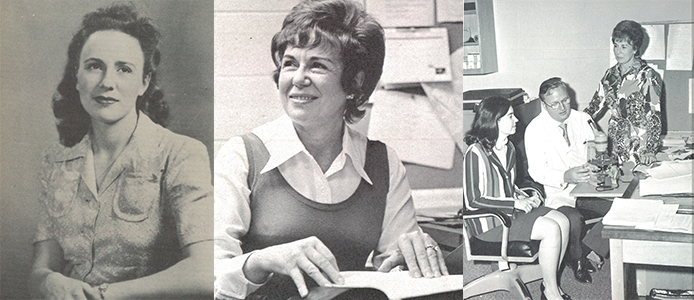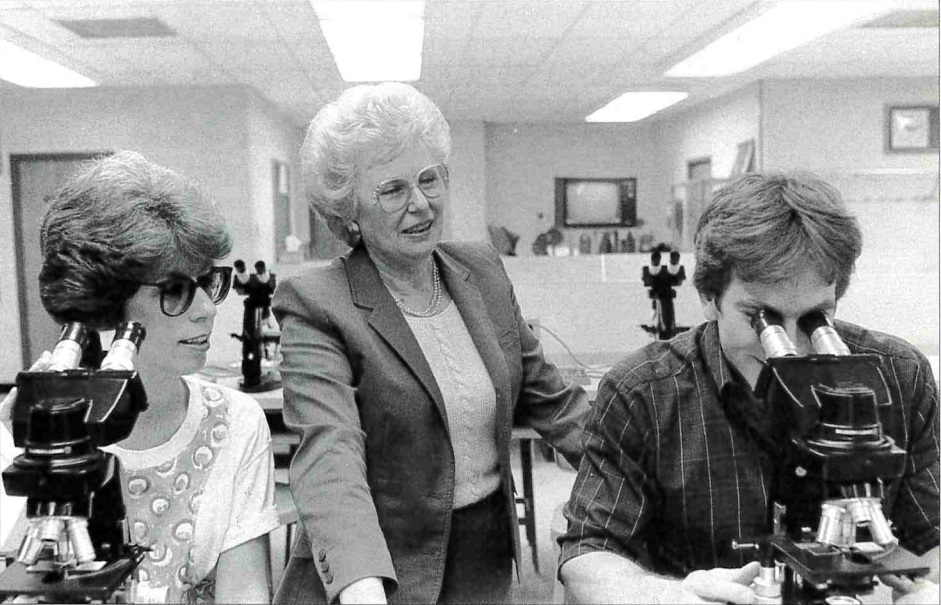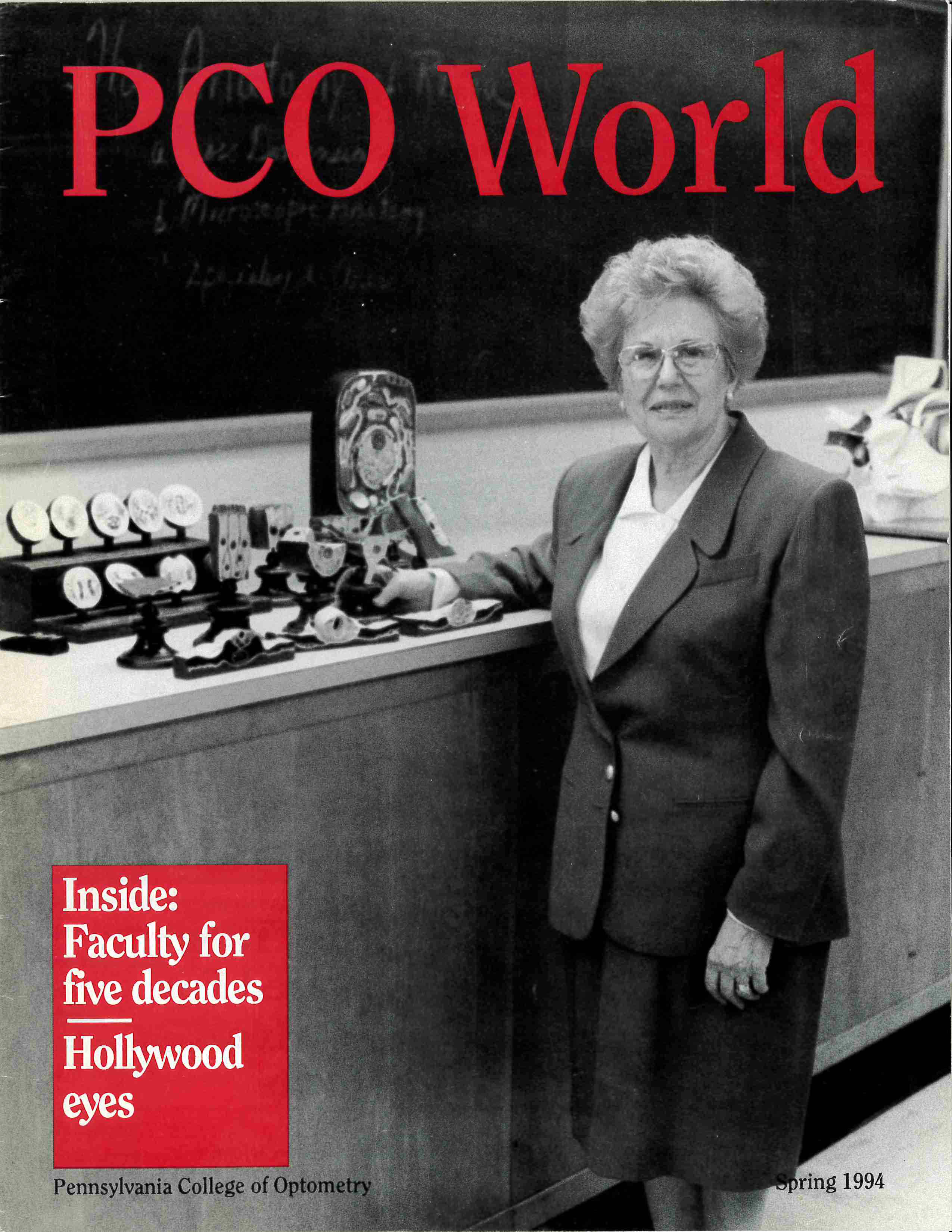When she was a girl, she lived next door to an optometrist. For Dr. Gilda Crozier, this chance circumstance helped launch a career that has spanned more than half a century.
“I had thought I wanted to teach or go into a health profession,” said Dr. Crozier. Her neighbor encouraged her to consider optometry, suggesting that it would be a “very good profession for women.” When she graduated from South Philadelphia High School for Girls, the Board of Education provided a scholarship to attend the Pennsylvania College of Optometry (PCO), and her involvement with optometry was underway. (Until the 1950s, students entered PCO as high school graduates.)

Even with scholarship assistance, Dr. Crozier had to work while a student, and entered an arrangement at PCO similar to work-study today. She worked in the anatomy laboratories, boiling and bleaching bones, preparing other specimens, and eventually serving as a teaching assistant in the comparative anatomy lab. “That was my education within an education,” said Dr. Crozier.
It was also what got her interested in anatomy laboratories, which would be the basis of her future work.
While many of the basic courses she took remain in the curriculum today, Dr. Crozier also noted that she saw changes. The English course she completed is no longer offered, and the music group she participated in—with trips to the opera—is no longer a part of the PCO student’s experience. “There just doesn’t seem to be time for activities like these today,” Dr. Crozier said.
 She graduated in 1943, entering a practice and staying on at PCO to teach part-time. Two years later, along with Dr. Onofrey Rybachok, she was herself responsible for changing the curriculum by introducing a neural anatomy course at the College.
She graduated in 1943, entering a practice and staying on at PCO to teach part-time. Two years later, along with Dr. Onofrey Rybachok, she was herself responsible for changing the curriculum by introducing a neural anatomy course at the College.
“With neuro and ocular development, we had to teach ourselves, keeping a few steps ahead of the students so we could teach them,” Dr. Crozier said. She also assisted in the pharmacology lab, and in clinic with children who had learning disabilities.
“In the war years, I was also at the clinic (then on Spring Garden Street),” said Dr. Crozier. “They needed help with many of the doctors away.”
One of those away for the war was her future husband, George E. Crozier, who she met at PCO, and taught on his return from service. (Dr. George Crozier would later become associate dean of academic affairs, and leave a lasting mark on PCO.)
Since then, she’s been “on practically every committee” at the College. In the ‘70s, she and her husband co-chaired a committee that overhauled the biological sciences curriculum, eliminating duplication and creating an integrated program. Then an associate professor, she also took on administrative responsibilities, serving as director of the College’s biological sciences division.
 “I’m primarily a teacher,” said Dr. Crozier. “I’ve always tried to see where the biological sciences lead.” She said one focus of her teaching has been to show how advances in the biological sciences could be applied in an optometrist’s practice. “Biological sciences are ever expanding and being interpreted on a molecular level, with new challenges confronting us,” she said.
“I’m primarily a teacher,” said Dr. Crozier. “I’ve always tried to see where the biological sciences lead.” She said one focus of her teaching has been to show how advances in the biological sciences could be applied in an optometrist’s practice. “Biological sciences are ever expanding and being interpreted on a molecular level, with new challenges confronting us,” she said.
She retired in 1987 to help care for her husband, who was seriously ill. After her husband’s death in 1988, Dr. Crozier was invited to return to PCO, and in 1989 she returned as a professor emeritus, serving as a consultant to the ocular biology course. At that time, she taught two quarters a year.
Dr. Crozier has received countless honors over the years, among them being appointed to The Optometry Review Committee of the U.S. Bureau of Health, Education and Welfare. She was also named Optometrist of the Year by the Pennsylvania Optometric Association, and was recognized by the Pennsylvania Academy for the Profession of Teaching.
She was honored again, along with other members of the Crozier family, when PCO dedicated the former “B” building in their honor. Crozier Hall honored the countless contributions of Dr. Gilda Crozier and three generations of the Crozier family.